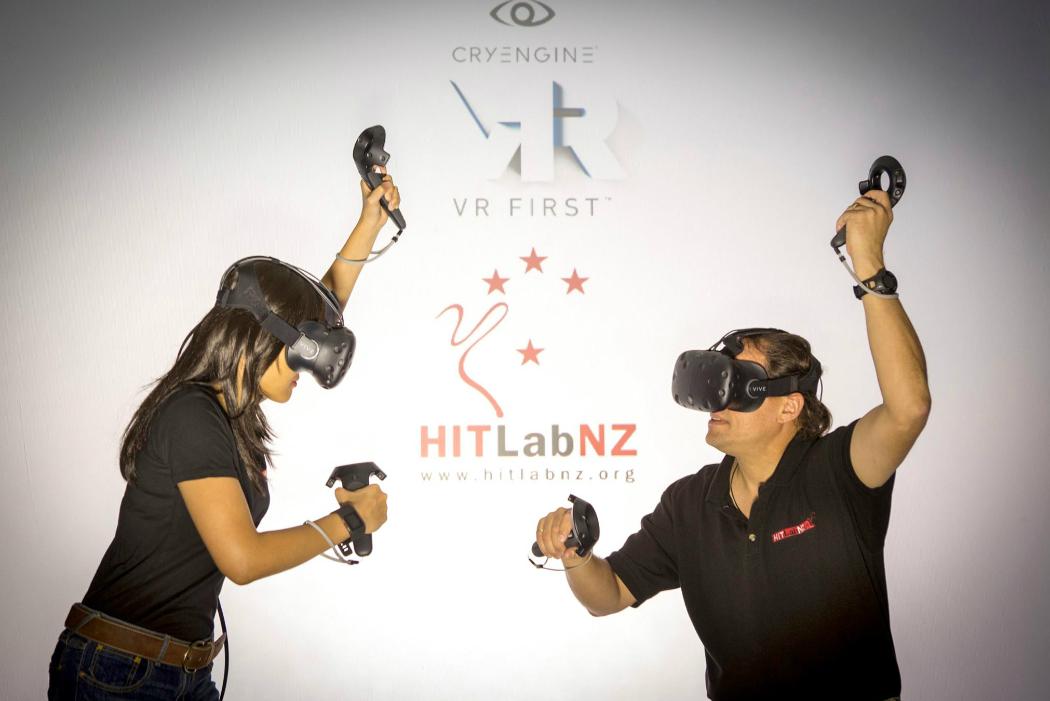Master of Human Interface Technology
- Degree Structure - Duration
- 1 year full-time

Master of Human Interface Technology (MHIT) offers direct engagement with industry through projects and scholarships. Learn more about studying an MHIT through our Te Kaupeka Pūhanga | Faculty of Engineering.
120
2024 tuition fees estimate per 120 points:
Human Interface Technology aims to improve interactive technology to meet users’ needs. This technology is useful in a wide range of areas such as medicine, rehabilitation, education and training, entertainment, and business.
UC's Hangarau Tangata, Tangata Hangarau | Human Interface Technology Laboratory (HIT Lab NZ) encourages students to start by understanding how people think and work. By combining multidisciplinary viewpoints, user-centred design, and facilitating collaboration with external companies and teams, graduates can develop the skills needed to produce high-impact work globally.
The Master of Human Interface Technology (MHIT) offers students direct engagement with industry through projects and scholarships.
Graduates of the MHIT will have:

To enrol, you should have an honours degree in Computer Science, Design, Psychology, or another appropriate field. Hangarau Tangata, Tangata Hangarau | HIT Lab NZ encourages students from a variety of backgrounds to apply for entry into this multidisciplinary field.
If English is your additional language, you are also required to meet UC's English language requirements.
For the full entry requirements, see the Regulations for the Master of Human Interface Technology or use the admission requirements checker.
You can apply online at myUC.
See Admission and enrolment for all information on enrolling at UC.
Study covers a wide range of topics including user-centred design, the development of new interface devices and technologies (hardware and software), evaluating these technologies within the application context, and studying the broader impact on human behaviour and society.
Postgraduate study can bring many career benefits eg, specialist skills and enhanced knowledge, entry into specific occupations, higher starting salary/progression rates, research capability/achievement, and evidence of high academic attainment/self-discipline.
2024 tuition fees estimate (per 120 points):
2023 tuition fees estimate (per 120 points):
SSL estimate (per 120 points):
The MHIT consists of a thesis worth 90 points and 30 points of coursework.
The degree is to be completed full-time over 1 year, and starts in February each year.
For full requirements, see the Regulations for the Master of Human Interface Technology.